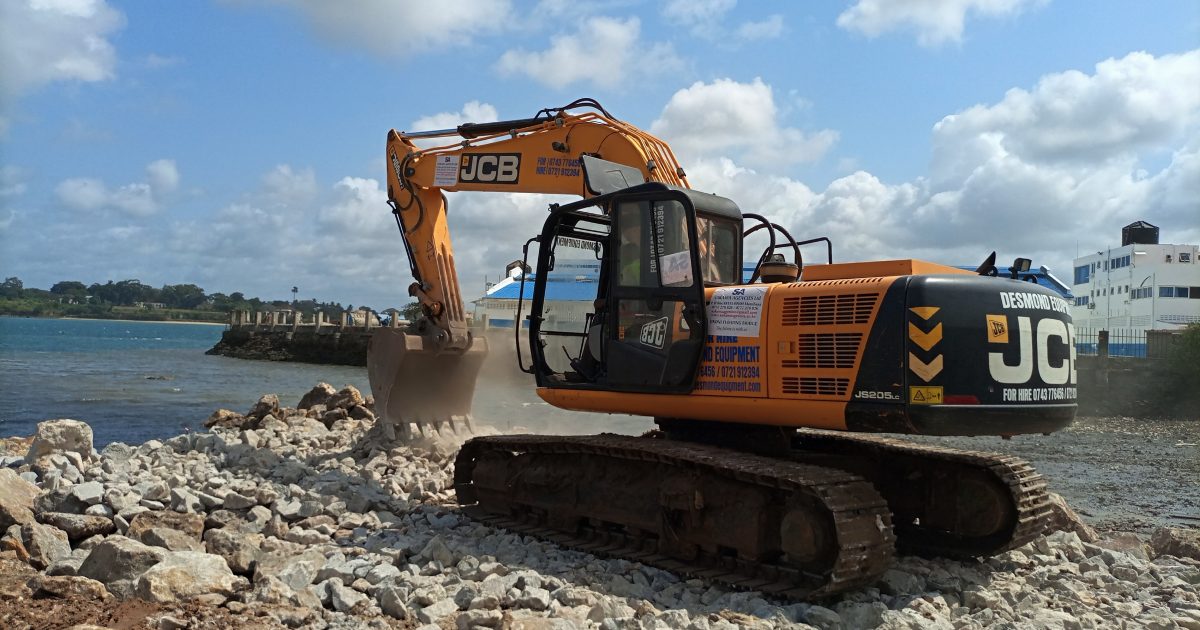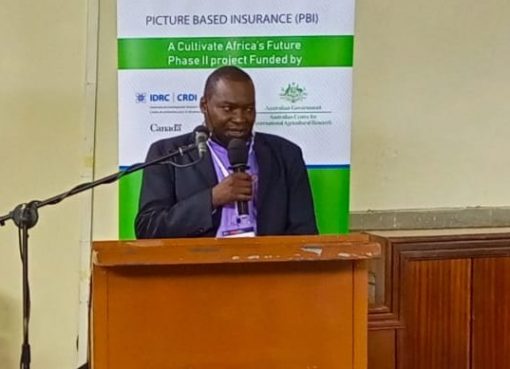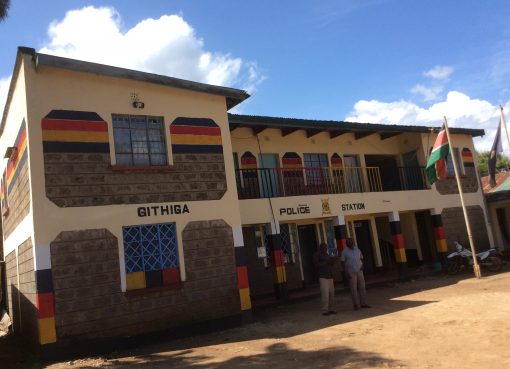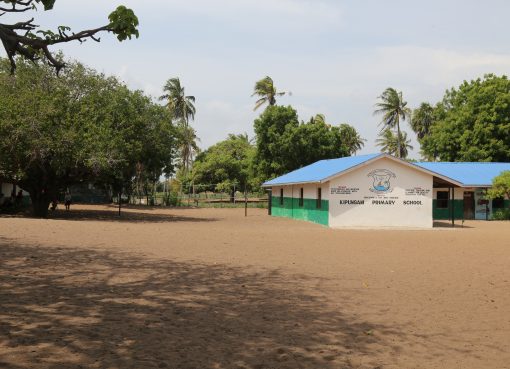
Perennial human congestion at the vital Likoni crossing channel is set to end following the construction of a floating footbridge that will link Mombasa Island to the Mainland south.
The construction work for the Sh.1.7billion pedestrian bridge by the China Road and Bridge Corporation (CRBC) has started at the Liwatoni area of Mombasa Island.
The project, which is set for completion in November this year, is being undertaken by the State Department of Infrastructure through its implementing agency, the Kenya National Highways Authority (KeNHA).
The floating bridge will be a composite structure designed for pedestrians only. The bridge deck will comprise a 529 m long floating section, and 54 m long approaches on either side of the floating span.
The bridge will have a discrete continuous structural system with 35 No. double body supported boats, and 2 No. end boats with twin springboards installed to form the floating bridge deck.
According to Evans Momanyi, the Director of Sakawa Agencies Limited, a sub-contractor of the project, construction work for the causeway and a holding bay is set to be completed by the end of August.
“We have mobilized our workers and the necessary equipment to ensure the project is delivered on time,” said Momanyi.
Speaking during the inspection tour of the project by the Coast Regional Commissioner (RC), John Elungata on Wednesday, Momanyi said the floating suspension bridge would be connected by pins and hinges and guard rails would be installed on either side of the deck to ensure pedestrian safety.
Elungata said the first pedestrian footbridge to be built at the Likoni crossing channel was expected to end the perennial human congestion at the busy crossing channel.
The RC said the envisioned footbridge would complement the existing ferry services to streamline ‘safe passageways’ for pedestrians and reduce overcrowding that characterize the busy channel.
He added that “the project will create the shortest route linking Mombasa Island and mainland south and onward to the neighbouring Kwale County thus reducing the link distance and cutting on time spent on queuing to board the ferries,” added.
Elungata noted that the objective of the national government project is to ease pressure on the overcrowded Likoni ferries during the current coronavirus (covid-19) pandemic.
The RC at the same time, urged residents in the coastal region to conform to the new way of life and adhere to all the public health regulations in place to mitigate the spread of the viral disease.
It is estimated that more than 300, 000 people and 6, 000 vehicles cross the busy channel daily using MV Jambo, MV Kwale, MV Likoni, MV Kilindini, MV Nyayo and the newly acquired MV Safari.
By Mohamed Hassan





